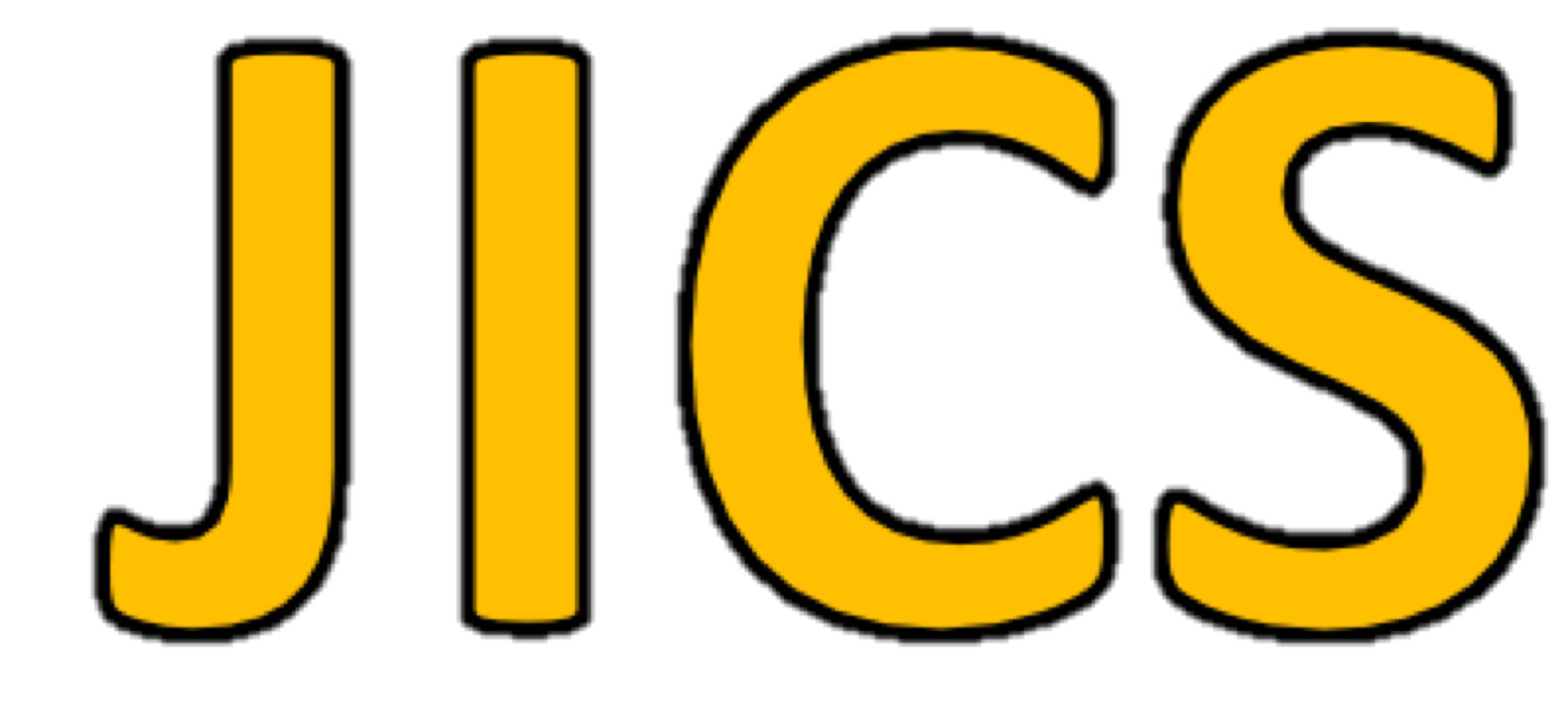A study of Artificial Intelligence (AI) Speaker's Development Process in Terms of Social Constructivism: Focused on the Products and Periodic Co-revolution Process
Hyeon-ju Cha, Sang-hee Kweon, Journal of Internet Computing and Services, Vol. 22, No. 1, pp. 109-135, Feb. 2021
Keywords: AI, AI Speaker, topic frame, Resonance, news data
Abstract
Statistics
Show / Hide Statistics
Statistics (Cumulative Counts from November 1st, 2017)
Multiple requests among the same browser session are counted as one view.
If you mouse over a chart, the values of data points will be shown.
Statistics (Cumulative Counts from November 1st, 2017)
Multiple requests among the same browser session are counted as one view.
If you mouse over a chart, the values of data points will be shown.
|
|
Cite this article
[APA Style]
Cha, H. & Kweon, S. (2021). A study of Artificial Intelligence (AI) Speaker's Development Process in Terms of Social Constructivism: Focused on the Products and Periodic Co-revolution Process. Journal of Internet Computing and Services, 22(1), 109-135. DOI: 10.7472/jksii.2021.22.1.109.
[IEEE Style]
H. Cha and S. Kweon, "A study of Artificial Intelligence (AI) Speaker's Development Process in Terms of Social Constructivism: Focused on the Products and Periodic Co-revolution Process," Journal of Internet Computing and Services, vol. 22, no. 1, pp. 109-135, 2021. DOI: 10.7472/jksii.2021.22.1.109.
[ACM Style]
Hyeon-ju Cha and Sang-hee Kweon. 2021. A study of Artificial Intelligence (AI) Speaker's Development Process in Terms of Social Constructivism: Focused on the Products and Periodic Co-revolution Process. Journal of Internet Computing and Services, 22, 1, (2021), 109-135. DOI: 10.7472/jksii.2021.22.1.109.

